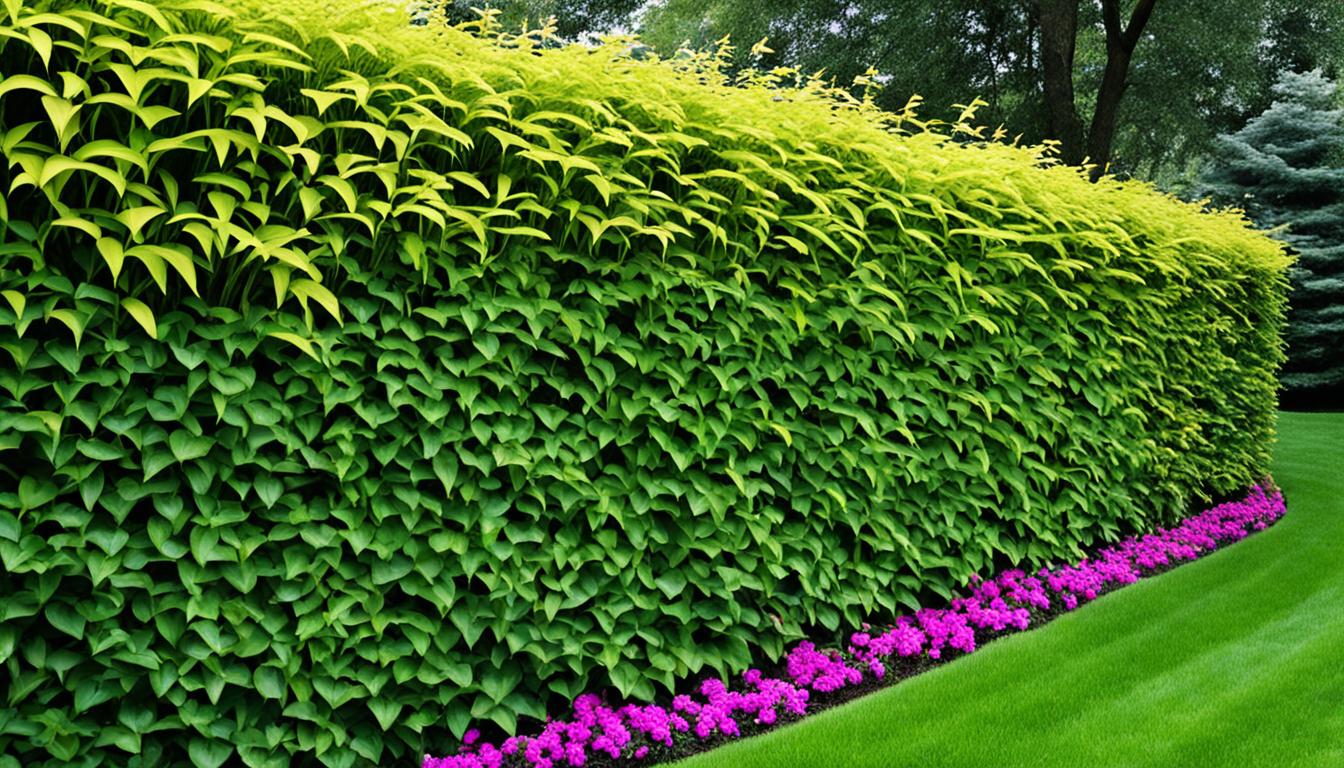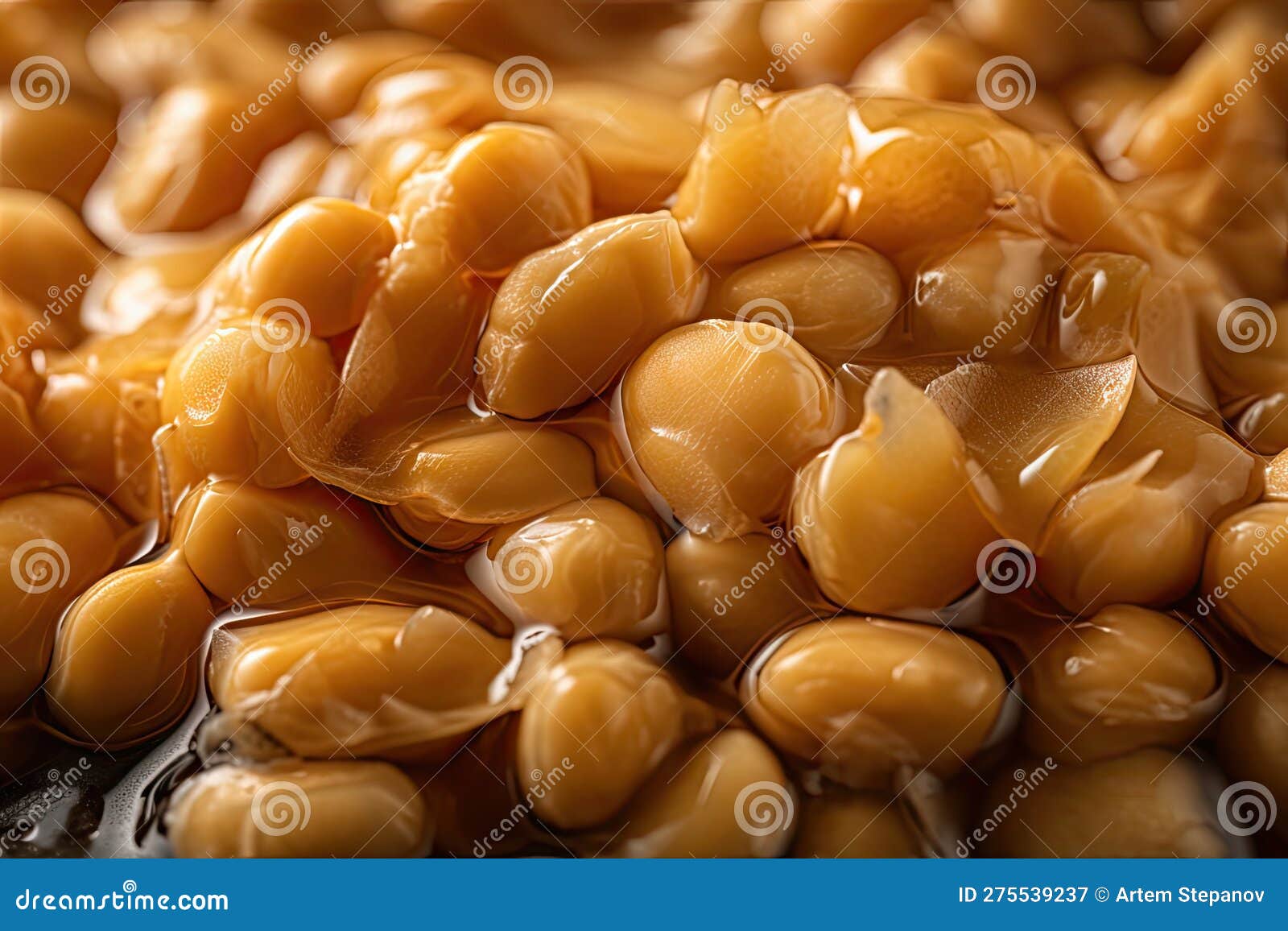Create A Beautiful Living Fence: Plant Selection And Maintenance

Table of Contents
Choosing the Right Plants for Your Living Fence
Selecting the right plants is the cornerstone of a successful living fence. The longevity and beauty of your natural barrier depend heavily on this initial decision. Consider these crucial factors:
Considering Your Climate and Soil Conditions
Different plants thrive in different environments. Understanding your local climate (hardiness zone) and soil type is crucial for plant survival and robust growth.
- Research plants native to your region: Native plants are naturally adapted to your local climate and soil conditions, requiring less maintenance and resources. Look for native shrubs, trees, or vines suitable for a living fence.
- Conduct a soil test: A simple soil test will reveal your soil's pH and nutrient levels. This information is invaluable when selecting plants with specific soil requirements. Adjust your soil with amendments as needed to optimize conditions.
- Choose plants suited to your soil's drainage capabilities: Well-drained soil is ideal for most plants. However, some plants tolerate clay or sandy soil better than others. Select plants that match your specific soil drainage characteristics.
Selecting Plants Based on Desired Height and Density
Think about the height and density you envision for your living fence. This will significantly influence your plant choices.
- Tall Living Fences (8ft+): For a tall, imposing living fence providing maximum privacy, consider evergreen trees like Leyland Cypress, Arborvitae, or Thuja. These offer year-round screening.
- Medium Living Fences (4-8ft): Shrubs like Privet (Ligustrum), Holly (Ilex), or Berberis offer a moderate height and density, creating a beautiful and effective barrier.
- Low Living Fences (under 4ft): Smaller shrubs or groundcovers like Boxwood (Buxus), Lavender (Lavandula), or even dwarf conifers create a lower, more informal look, ideal for defining borders or creating a fragrant hedge.
Choosing Plants for Aesthetic Appeal and Functionality
Beyond height and density, consider the visual impact and any additional benefits you desire from your living fence.
- Flowering Plants: Add bursts of color and attract pollinators with flowering shrubs like roses, hydrangeas, or potentilla. Consider the blooming season to ensure continuous color throughout the year.
- Evergreen Plants: Evergreen plants provide year-round screening and privacy, maintaining a consistent visual appeal throughout all seasons.
- Deciduous Plants: Deciduous plants offer seasonal changes in color and texture, adding visual interest with their spring blossoms and vibrant fall foliage.
- Thorny Plants: Enhance security and deter unwanted visitors with thorny plants such as Hawthorn (Crataegus), Pyracantha, or even roses with strong thorns.
Planting and Establishing Your Living Fence
Proper planting techniques are vital for the successful establishment of your living fence. Follow these steps to maximize your plants' chances of thriving.
Proper Planting Techniques
Ensure your plants have the best possible start by following these crucial steps:
- Dig appropriately sized holes: Dig holes slightly larger than the root ball of your plants to allow for easy root expansion.
- Amend the soil: Improve your soil's drainage and fertility by incorporating compost or other organic matter into the planting holes.
- Water thoroughly: Water deeply after planting to settle the soil around the roots and ensure good contact.
- Mulch around the base: Apply a layer of mulch around the base of the plants to retain moisture, suppress weeds, and regulate soil temperature.
Spacing for Optimal Growth
Proper spacing is crucial to prevent overcrowding and promote healthy growth.
- Follow recommended spacing guidelines: Check the plant tags or consult reliable gardening resources for recommended spacing guidelines for your chosen species.
- Consider mature size: Consider the mature size of your plants to avoid overcrowding in the future. Proper spacing allows for adequate sunlight, air circulation, and nutrient uptake.
Initial Watering and Care
New plants need extra attention during establishment.
- Water regularly: Water regularly, especially during dry periods, to keep the soil consistently moist but not waterlogged.
- Monitor for pests and diseases: Regularly inspect your young plants for any signs of pests or diseases and address any issues promptly.
Maintaining Your Living Fence for Long-Term Beauty
Ongoing maintenance ensures your living fence remains healthy, beautiful, and effective for years to come.
Regular Pruning and Shaping
Regular pruning and shaping are essential for maintaining the desired height, shape, and density of your living fence.
- Prune regularly: Remove dead, damaged, or diseased branches to promote healthy growth and prevent the spread of disease.
- Shape the fence: Prune to maintain a uniform appearance and desired shape. This might involve trimming, hedging, or shaping individual branches.
- Learn proper pruning techniques: Learn the correct pruning techniques for your chosen plant species to avoid damaging the plants.
Fertilizing and Soil Enrichment
Provide essential nutrients for healthy growth through fertilization and soil enrichment.
- Use a balanced fertilizer: Use a balanced fertilizer suitable for your chosen plants. Follow the package directions for application rates.
- Apply fertilizer according to package directions: Over-fertilizing can harm plants. Follow the recommended application rates and schedule.
- Consider soil testing: Conduct periodic soil tests to identify any nutrient deficiencies and adjust your fertilization strategy accordingly.
Pest and Disease Management
Be vigilant and address pest and disease problems early on.
- Regularly inspect: Regularly inspect your living fence for signs of pests or diseases, such as discoloration, wilting, or unusual insect activity.
- Use appropriate pest control methods: If pests or diseases are detected, use appropriate and environmentally responsible control methods. Consider natural pest control options first.
- Consult with an expert: For severe pest or disease infestations, consult with a local arborist or gardening expert for advice and treatment options.
Conclusion
Creating a beautiful living fence adds significant value to your property, offering enhanced privacy, curb appeal, and environmental benefits. By carefully selecting plants suited to your climate and following proper planting and maintenance techniques, you can enjoy a thriving and visually stunning living fence for years to come. Remember to consider factors like climate, soil, desired height, and aesthetic preferences when choosing plants for your living fence. Start planning your dream living fence today!

Featured Posts
-
 Ubisofts Response To Harassment Allegations In Assassins Creed Valhalla
May 29, 2025
Ubisofts Response To Harassment Allegations In Assassins Creed Valhalla
May 29, 2025 -
 Sinograins Auction Of Imported Soybeans Relief For Chinas Food Sector
May 29, 2025
Sinograins Auction Of Imported Soybeans Relief For Chinas Food Sector
May 29, 2025 -
 Rejtett Vagyon Szazezres Erteket Kepviselhetnek Ezek Az Apro Targyak A Lakasodban
May 29, 2025
Rejtett Vagyon Szazezres Erteket Kepviselhetnek Ezek Az Apro Targyak A Lakasodban
May 29, 2025 -
 Downtown Seattle Welcomes Back Pcc Community Markets
May 29, 2025
Downtown Seattle Welcomes Back Pcc Community Markets
May 29, 2025 -
 Thnyt Alshykh Fysl Alhmwd Llardn Bmnasbt Eyd Alastqlal Ma Zlt Asher Anny Byn Ahly
May 29, 2025
Thnyt Alshykh Fysl Alhmwd Llardn Bmnasbt Eyd Alastqlal Ma Zlt Asher Anny Byn Ahly
May 29, 2025
